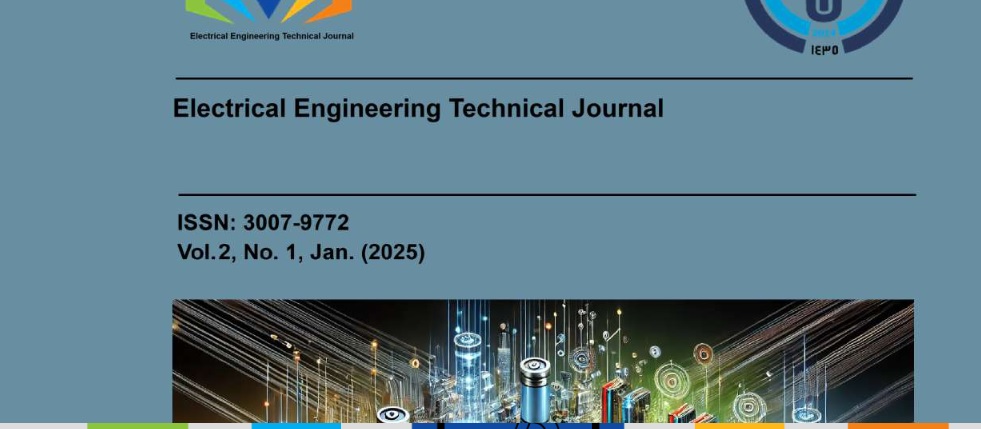Abstract
Cell-free massive MIMO technology holds significant promise as a pivotal enhancement for next-generation 5G and 6G networks. This technology features a network architecture where a single central processing unit oversees multiple access points, thereby enhancing wireless communication capacity and efficacy. By enabling broader connectivity beyond the confines of standard cellular networks, it minimizes signal interruptions and improves spectral efficiency. Despite these advancements, further research is necessary to define a comprehensive implementation strategy for deploying cell-free massive MIMO systems under real-world conditions. The Signal-to-Interference-plus-Noise Ratio (SINR) plays a crucial role in wireless communications. In this paper, the problem of power allocation is addressed under the assumption of pilot contamination. Pilot contamination occurs when multiple users share the same pilot signal. Specifically, two users were assumed to have the same pilot signal, which significantly decreased the SINR and increased the interference among these users. This reduction in SINR leads to potential degradation in achievable data rates and overall system performance. The proposed algorithm aims to reduce pilot contamination by solving a max-min optimization problem that insures fairness among all users. The proposed algorithm obtained the optimal power coefficient associated with each user by taking advantage of uplink-downlink duality and considering all interference terms in the calculations. The proposed algorithm finds out the optimal solution in an iterative manner until the feasible solution is achieved. The methodology introduced calculation of achievable rates based on SINR, which is essential for evaluating power allocation in cell-free massive MIMO systems. Specifically, we focus on downlink sum-rate maximization and compare the effectiveness of Zero-Forcing (ZF) precoder against Conjugate Beamforming (CB) precoder
Keywords
Cell-free Massive MIMO; Power Optimization; Downlink Sum-rate Maximization; ZF Precoding; CB Precoding.
